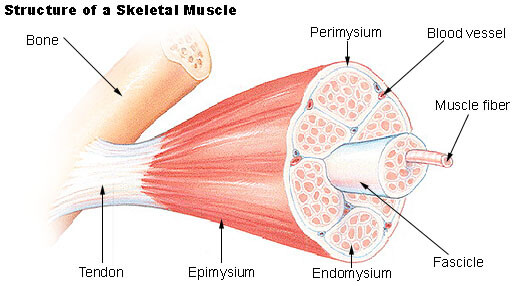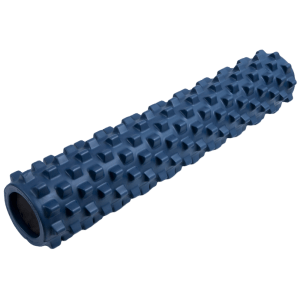The new year is here and since this month also marks the one-year anniversary of this blog, I thought I’d start things off by reiterating the most important single thing I can tell you about tendonitis. So here it is: if you’ve had tendon pain for more than a couple of weeks and have been faithfully applying the usual doctor’s prescription of rest, icing and NSAIDs, without much effect…you probably don’t have tendonitis.
Any kind of “itis” is inflammation. If you really do have inflammation, chances are excellent that it will get better with the above treatment. So it stands to reason that if you’ve tried the treatment for a while and your pain doesn’t get better, you didn’t actually have inflammation in the first place. (You can take a quick, one-minute test here to see which condition you have.)
Estimates range anywhere from 50% to over 90% that most diagnosed cases of “tendonitis” are actually tendonosis. This means that whatever problem you have with your tendons, it has gone beyond inflammation and now involves actual degeneration of the tendon itself. If this is the case, you’re not going to experience much relief with rest, ice and aspirin, because none of that is designed to repair your tendon.
To get better, you’re going to need a fresh approach. One part is good nutrition; either clean up your diet or else get some supplements that will give your body the building blocks it needs to heal. The other part is a set of exercises that will signal your body to start repairing itself. Particularly in regular exercisers and older people, the usual repair mechanisms often need an extra boost to get the upper hand against degenerative tendonopathy.
Target Tendonitis gives advice on both of these topics. It spells out the types of exercises you need to fix your tendons, and also gives specific recommendations about the sort of food and supplements that you need to help your tendons function free of pain. At less than thirty bucks (still!), it’s the best tendon-healing value on the market today.


 One thing about the internet, there are lots and lots of supposed cures for pretty much everything under the sun. Tendonitis is no exception; you can find bogus remedies like
One thing about the internet, there are lots and lots of supposed cures for pretty much everything under the sun. Tendonitis is no exception; you can find bogus remedies like 
